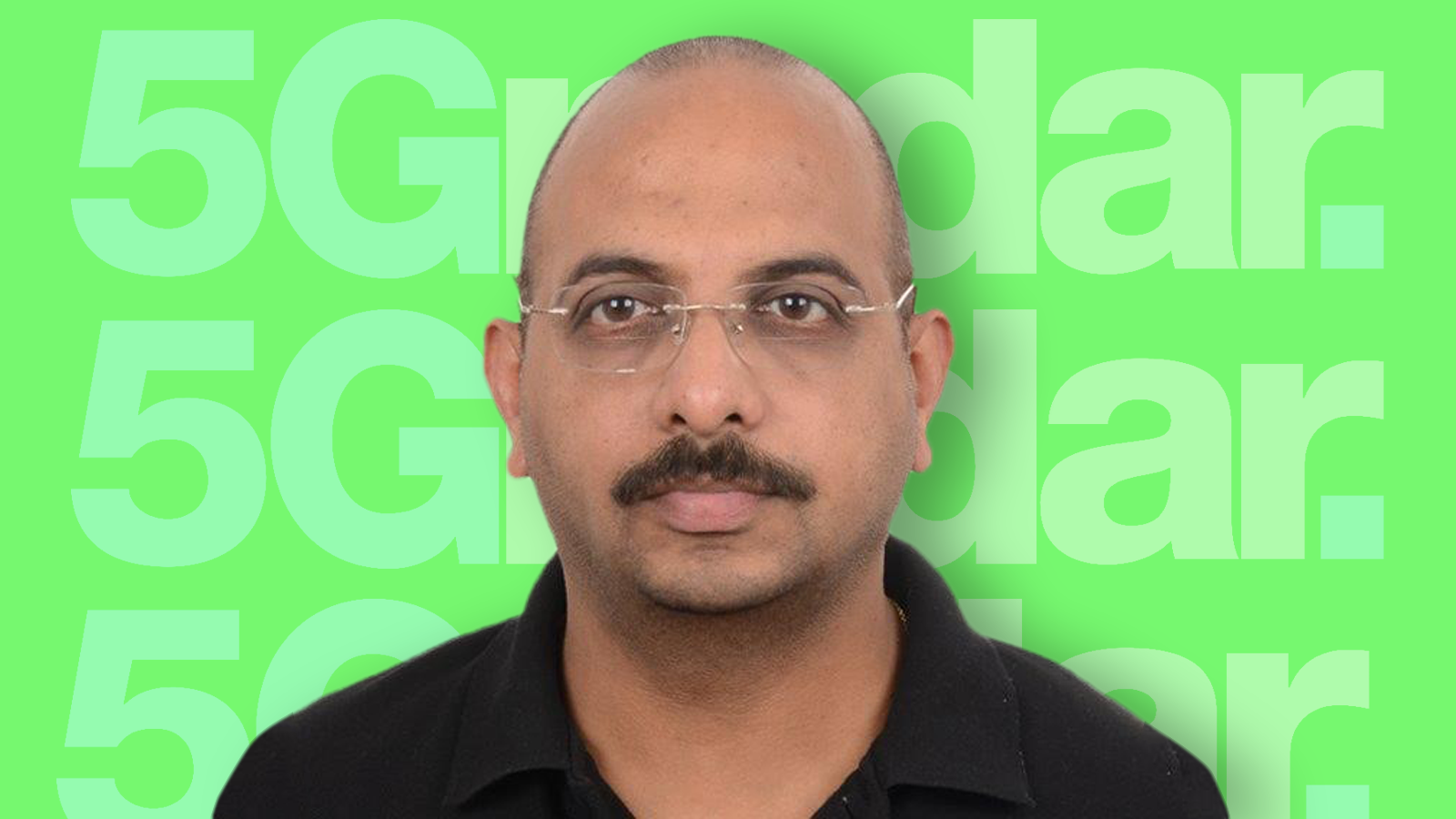Monetizing 5G – what will it take?
Abhay Savargaonkar, CTO of global sales at Nokia Software, looks at what communication service providers (CSPs) must do to take full, financial advantage of the opportunities 5G presents.

5G came with a big hype that it will transform the world and will be at the center of the fourth Industrial revolution. And it is obvious that something with the capability to transform the world should also have huge monetization potential as well. But to be able to exploit this potential, it will require a lot of preparedness by communications service providers (CSPs).
The money makers – disruptive 5G use cases
All early 5G deployments have seen 5G use cases around eMBB (Enhanced Mobile Broad Band) and FWA (Fixed Wireless Access) – new ways to extend capacity, speed and connectivity. These are mostly upgrades to the existing capabilities on the mobile and the fixed line side and therefore will generate incremental revenue only.
Based on a survey of early 5G adaptor markets in both B2C and B2B, the disruptive use cases which will bring new revenue streams using 5G are:
Consumer space (B2C):
- Immersive experience
- Connected Cars
Enterprise Space (B2B):
- Industry 4.0 capabilities like – Remote controlled cloud robotics
- Automated Supply chain using connected Vehicles
- Remote management of Infra using IoT
Enter our recent pandemic. But with every dark cloud comes a silver lining, and what Covid-19 brought is the new mantra: “REMOTE.” Under normal circumstances the large-scale adoption of some of the above use cases would have taken years, but suddenly they have become top priorities.
Consumers will prefer doing things remotely with an immersive experience. Board meetings, gaming (both watching and playing), education, medicine, travel and shopping are just a few examples.
Get up to speed with 5G, and discover the latest deals, news, and insight!
The supply chain disruption that resulted during the pandemic will “take manufacturing local”, and all the new facilities will prefer the latest Industry 4.0 norms.
For Enterprise, work from home will become the new normal. This will require companies to invest in large-scale remote infrastructure management capabilities.
Making them happen – key technology enablers
For these use cases to be a reality, CSPs would need the following capabilities in their 5G networks:
- Network slicing – Provides network capabilities specific to the use case
- Ultra-Reliable Low-Latency Communication (URLLC) – Provides low latency and ultra-high reliability for mission critical applications
- Digital service lifecycle management – On demand availability of network capabilities (Network Slice) and ensuring the desired performance and experience would need a digital life cycle management capability for fulfilment/provisioning the demand, assurance of the network capabilities, as well as ensuring the required customer experience in real-time using cognitive Artificial Intelligence/Machine Learning
- Charging systems/Open APIs – Current charging systems are great for processing duration-based voice charging and volume based or usage-based data charging. In the future, they would need common charging for both B2B and B2C with capabilities like event-based, subscription-based, one-time charge, recurring charge, charging for signalling traffic, latency, bandwidth, URLLC, or any other network parameter. Above all, it should be possible for the operators to configure it themselves.
Three major transformations
Apart from 5G radio network hardware deployment, CSPs need to undertake three major transformations to achieve these network capabilities:
1. Core transformation
Standalone 5G core is primarily a lift and shift process, and can be a daunting task if not broken down into six logical tracks, which are vendor independent and can happen independent of each other, sequentially or in parallel. (However, in this case we will assume that the CSP already has a telco cloud with common hardware and a network function virtualization infrastructure (NFVi) platform with a common NFVO):
- One Voice Network – IMS based one voice for – VoLTE/VoWiFi/VoNR/Fixed Line/Enterprise voice
- 5G Packet Core
- Shared Data Layer
- Signaling migration from Diameter to HTTP 2.0
- Policy & Charging based on HTTP 2.0
- Open API’s and NEF (Network Exposure Function)
Given the sensitivity of migrating customers from existing diameter based core to a HTTP 2.0 based core, it is best done in steps and each step can be vendor neutral.
2. Digital lifecycle transformation
From Uber to Netflix to AWS, the biggest customer value they offer is complete control in the hands of the customer. With network slicing capabilities in 5G, for the first time we can deliver unique network capabilities to different customers based on their needs, and charge them accordingly, unlike the previous generations where the same network is used for sending snail-mail, as well as 4K HD video, and were charged based on duration, or volume, or both.
Giving control to customers requires a comprehensive Digital Lifecycle Management Orchestrator (DLMO), which can provision the network slice across multiple domains, at the customer’s request, at the required time, and for the required duration, and then monitor and assure the service for that duration. It can also capture the customer’s experience and analytics. Doing this at a large scale requires a fundamentally different approach in operations, both technologically and culturally.
The best method for such a major shift is to approach it based on use cases rather than going for a “big bang” platform transformation, which is both time consuming and highly risky.
3. 5G network Security
Given the applications that the 5G network will use – especially from the enterprise and Remote Infrastructure Management (RIM) standpoint – any security loophole can spell disaster, and needs to be viewed holistically across all layers, which are as follows:
- Radio layer – given the small cell accessibility and therefore vulnerability
- All IP transport layer
- All Cloud Core layer
- Internal manpower lapses
- End point security – mobiles/home gateways/IoT devices/transducers.
Not only should the security system prevent breaches and attacks, it should also be able to provide real-time response in case of impending attacks based on SOAR principles.
Key decision points along the transformation journey
While undertaking these three primary transformations, there are a few strategic choices to be made, and making well-informed decisions based on your current situation will ensure investment protection in the long run.
Operators should debate the following principles to help guide their strategy and investment:
- Should we deploy the containerized network functions as cloud-native network functions (CNF) on bare metal or on a virtualized platform or start with virtual network functions (VNF) and directly migrate to CNF on bare metal?
- What kind of continuous integration and continuous delivery (CI/CD) models are available, which do you want to adopt and when?
- Do you want to purchase an end-to-end orchestration platform, or go on a use case by use case basis?
- Do you want to deploy NEF and monetization as a service or do you want to purchase it as a platform?
- How and when do you want to approach the idea of Shared Data Layer? And how would you like to migrate to it?
- How do you want to go forward with Distributed Edge cloud? When do you want to deploy it, what steps will you take and which elements will move?
These are important considerations in guiding the direction and pace of your transformational efforts.
Conclusion
There are four big money-making opportunities associated with 5G:
- Immersive experience
- Connected cars
- Industry 4.0
- Remote Infrastructure Management (RIM)
And the four capabilities required to support these opportunities are network slicing, URLCC, flexible charging/Open APIs, and digital service lifecycle management. In order to implement these in your network, core and operations transformations are required and should be underscored by an end-to-end fortified security system for the whole 5G network.
One thing to note is that – unlike previous generations – 5G needs an end-to-end integrated approach, from access to transport to core to application, and therefore when you make vendor choices three factors are critical:
- Cross domain expertise
- Commitment to standards
- Vendor neutral approach
5G can be a game changer for CSPs, provided they act on time, or – just like the previous generations – other players will come and take the cherry, while they are left with just the connectivity revenue, which would be a huge mistake with so much opportunity surrounding 5G.
Abhay Savargaonkar is a Telecom veteran with 30+ years of experience, spanning across an incumbent state owned operator, to Bharti Airtel, and then to Nokia. He was the CTO of Bharti Airtel for 5 years until December 2018, and was at the forefront during the fierce disruption in the Telecom market in India. He has since moved to Nokia Software as CTO for Global Sales, and is responsible for positioning Nokia Software as a thought leader in the field of Cloud Native Core, AI, Automation, and transforming Service Providers to Digital Service Providers in the 5G journey.

